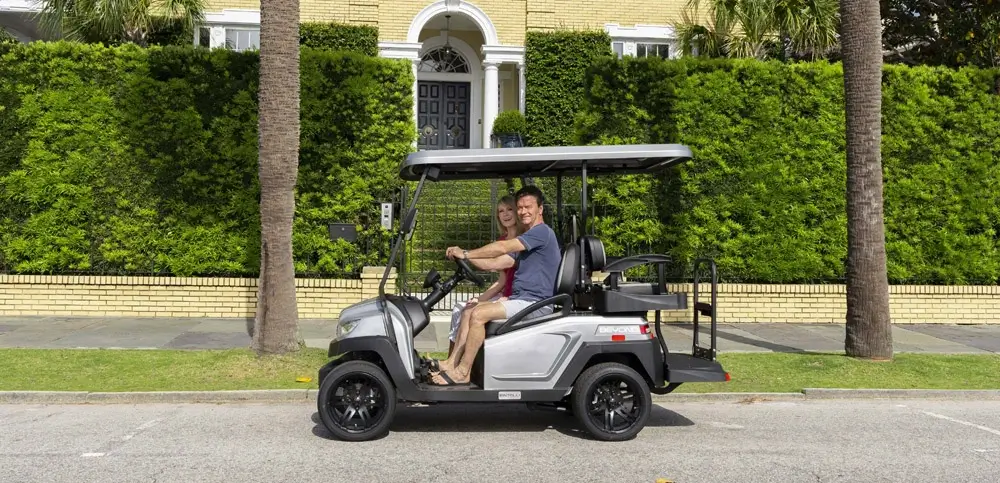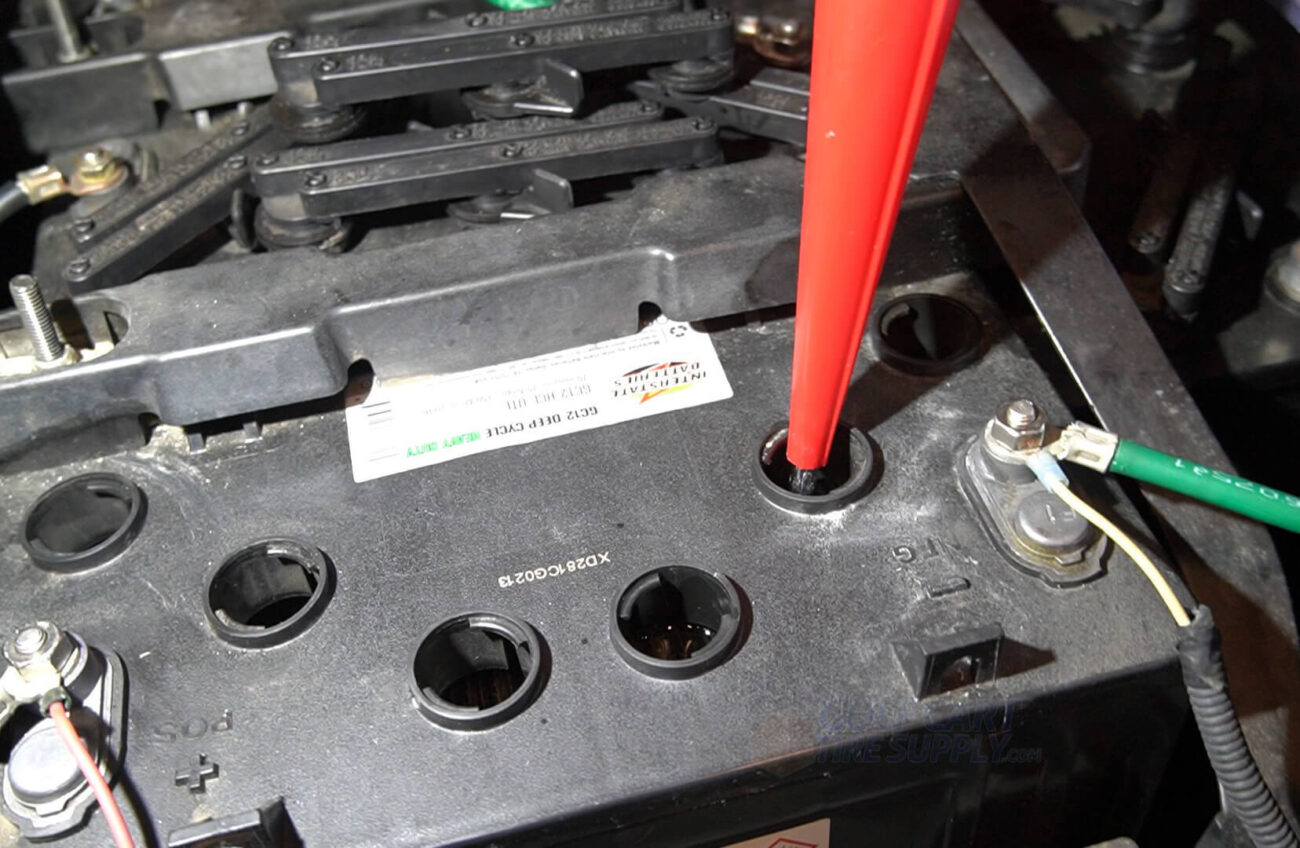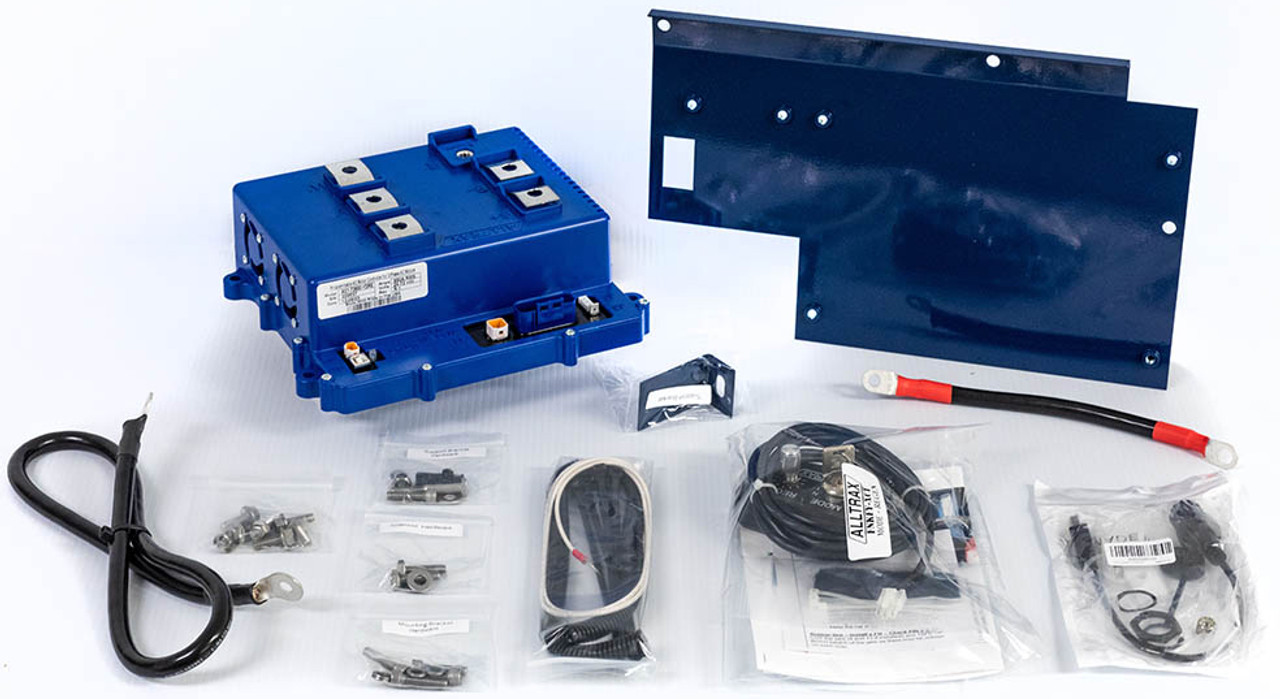
What Is an LSV Golf Cart Everything You Need to Know
Discover what a low speed vehicles golf cart is, how it differs from a standard golf cart, and whether you can convert your cart into an LSV.
Defining an LSV Golf Cart
A Low Speed Vehicle (LSV) golf cart is a specially equipped, street‐legal version of a traditional golf cart designed to travel on public roads. By federal definition, an LSV must:
- Have a top speed between 20 and 25 mph
- Be equipped with specific safety features
- Weigh less than 3,000 lbs
LSVs often serve as community transport, resort shuttles, or neighborhood vehicles, providing a green, quiet alternative for short trips.
Golf Cart vs. LSV What’s the Difference?
Although similar in appearance, standard golf carts and LSVs differ in key ways:
- Speed Capability: Standard golf carts top out around 12–15 mph, while LSVs must reach at least 20 mph.
- Safety Equipment: LSVs require headlights, taillights, turn signals, seat belts, mirrors, windshields, horns, and reflectors. Golf carts typically lack these.
- Regulatory Status: LSVs are regulated under federal motor vehicle standards and require titling, registration, license plates, and insurance in most states. Golf carts used only on private property don’t.
- Usage Areas: Golf carts are limited to private courses and communities. LSVs can operate on public roads with speed limits up to 35 mph, subject to local laws.
Converting a Golf Cart into a Street Legal LSV
Many owners want to convert their existing golf carts into LSVs to gain street access. Conversion involves:
- Upgrading Safety Features: Install headlights, brake lights, turn signals, mirrors, horn, and DOT‐approved windshield.
- Adding Seat Belts: Secure lap or three‐point seat belts for every passenger seat.
- Speed Governor: Adjust or replace the controller so the cart can safely reach 20–25 mph.
- Vehicle Identification Number (VIN): Obtain a VIN from your local DMV or a certified inspector.
- Registration and Insurance: After inspection, register the converted cart as an LSV and secure proper liability insurance.
Professional conversion kits are available and often include all necessary components, wiring, and installation instructions. Always check state and local regulations before beginning a conversion.
Costs and Considerations for Conversion
Converting a golf cart into an LSV can cost anywhere from $1,000 to $3,000, depending on the quality of parts and labor rates. Major expenses include:
- Safety equipment (lights, mirrors, windshield)
- Seat belts and mounting hardware
- Speed controller or governor adjustments
- Inspection and VIN issuance fees
- Registration and insurance premiums
Ensure your cart’s frame and electrical system can handle the added load. Older or heavily worn carts may require upgrades to brakes and suspension for safe street use.
Benefits of Owning an LSV Golf Cart
Converting to or purchasing a factory‐built LSV offers multiple advantages:
- Legal Road Access: Travel to shops, parks, and community events without a car.
- Lower Operating Costs: Electric LSVs cost pennies per mile compared to traditional vehicles.
- Eco-Friendly: Zero tailpipe emissions and minimal noise pollution.
- Community Appeal: Many neighborhoods and resorts welcome LSVs as part of sustainable transportation initiatives.
Final Thoughts
Whether you buy a dedicated low speed electric vehicle or convert your existing golf cart, understanding the LSV requirements ensures you stay compliant and safe. With proper equipment and registration, an LSV opens up new, eco-friendly mobility options in your community.





Add a review
Your email address will not be published. Required fields are marked *